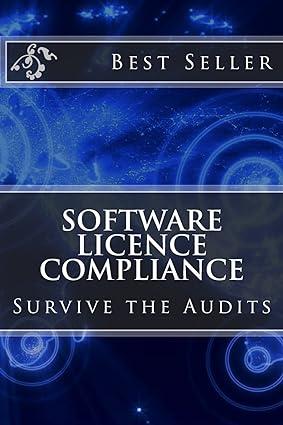Question
1. Explain Example 2 and Example 7. 2. Are they correct or incorrect? 3. Discuss what strikes you as inconsistent. Your answer will draw upon
1. Explain Example 2 and Example 7. 2. Are they correct or incorrect? 3. Discuss what strikes you as inconsistent. Your answer will draw upon distributions and attribution rules.
Example 2: The stock of Tern Corporation is owned equally by three sisters, Pam, Meghann, and Natalie. When Natalies basis in her stock is $40,000, the corporation distributes $30,000 to her in cancellation of all of her shares. If the distribution is a qualifying stock redemption, the $10,000 realized loss is not recognized because Natalie and Tern Corporation are related parties. Under 267, Natalie is deemed to own more than 50% in value of the corporations outstanding stock. Natalies direct ownership is 33%, but through her sisters, she owns indirectly another 66% for a total of 100%. Alternatively, if the distribution is pursuant to a complete liquidation, Natalies $10,000 realized loss is recognized.
Example 7: Wren Corporations stock is held equally by three brothers. Four years before Wrens liquidation, the shareholders transfer jointly owned property (basis of $150,000, fair market value of $200,000) to the corporation in return for stock in a 351 transaction. When the property is worth $100,000, it is distributed pro rata to the brothers in a liquidating distribution. Because disqualified property is involved and each brother owns directly and indirectly more than 50% of the stock (each owns 100% in this situation), Wren recognizes none of the $50,000 realized loss [$100,000 (fair market value) $150,000 (basis)].
Step by Step Solution
There are 3 Steps involved in it
Step: 1

Get Instant Access to Expert-Tailored Solutions
See step-by-step solutions with expert insights and AI powered tools for academic success
Step: 2

Step: 3

Ace Your Homework with AI
Get the answers you need in no time with our AI-driven, step-by-step assistance
Get Started


